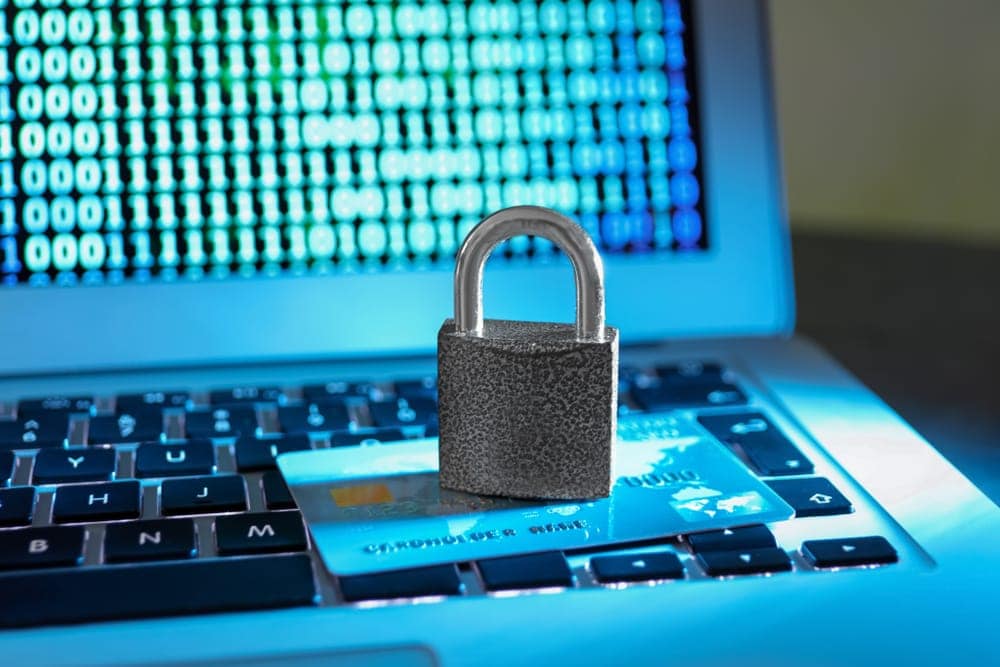7 Ways to Protect Your Identify While You Shop in California
Only a few years ago, the term “identity theft protection” would have been a head-scratcher. Today, you probably have a pretty clear idea of what that form of coverage might mean, and you might even be considering it for yourself and your family.
If you’re still unsure of what identity theft is, let’s start with a basic definition.
What is Identity Theft?
It’s someone pretending to be you so they can use your identity to steal money or otherwise cause you damage. This crime can be committed in various ways, both virtually and in real life.
It can be as low-tech as a criminal looking over your shoulder as you type your PIN while using a credit or debit card at a store and stealing the card later. Or it can be as state-of-the-art as swiping your online bank balance from a computer from their location in another country or continent. And lots of ways in between.
However it’s done, identity theft can destroy your credit, ruin your reputation, and leave you financially damaged or even ruined. Now let’s look at 7 several simple strategies for protecting your name and your finances while shopping online or at brick-and-mortar locations in California.
1. Keep Your Credit Card and Debit Card Information in a Safe Place
For every payment card you own, keep such information as the issuer of the card, the card numbers, and contact information for the issuer in a place separate from where you might get your cards stolen. Keep a copy on your password-protected electronics and perhaps email a copy to yourself.
You might also simply photograph the front and back of each card and, again, keep this information in a safe place. This will enable you to quickly and relatively easily report theft or any illicit use of a card to the card issuer, hopefully before much damage is done.
2. Practice Safe Password Management
How much damage could a hacker do if they captured one of your passwords? You hope the answer is that the worst they could do is steal from one credit or bank card. Unfortunately, too many of us use the same password for ten, 20, or more websites, including financial sites. If the password is stolen once, your exposure might be to multiple sensitive sites.
The solution is to use different passwords for each online account, as irritating as that might be.
Another defense is to use two-factor authentication. This means that users have to do more than simply plug in a password. They have to complete another authorization process as well. The most common method is to have the website send a temporary-use code to your smartphone after successfully entering your password. You then have to offer this phone-based code to obtain authorization.
This system greatly decreases your chances of being victimized. What are the odds that a thief will steal your password and your phone? Even if that happens, if the phone is password-protected, it’s unlikely that they can unlock it (unless, of course, you use the same password for your phone and card)!
3. Only Visit Safe Shopping Sites
When you visit a website, look for the padlock icon in the site’s browser bar. This is your proof that the site has taken preventive measures to reduce your exposure to hackers through the site. It still doesn’t offer a 100 percent guarantee of safety, but it means that you’re in better hands than if the site doesn’t have the padlock.
You can get more information on the site’s protection status by clicking on the icon in the browser bar.

4. Set Activity Alerts on Your Financial and Shopping Sites
Your bank and most of your credit card websites will allow you to receive a notification of all activity. In the case of your bank, you might be able to even set a dollar amount for an alert to kick in.
For instance, you might not want to be bothered every time your debit card is used for a two-dollar coffee transaction, but you could set notification at every transaction of $50, $100, or more — whatever is a less likely amount for you to be spending on a regular basis.
On a related note, visit your online financial sites regularly to track your spending. Alert the sites immediately if you don’t recognize a charge, withdrawal, or other activity.
5. Stay Alert in California in Public
Does anyone seem to be taking particular notice when you submit your password or visit an ATM while shopping? Make sure no one is looking over your shoulder, and block your keystroke use at a card reader with your body, if possible. After you are done, press random keys to cover your strokes.
6. Get and Stay Educated on Identity Theft
Identity theft criminals survive by always staying one step ahead of technology and law enforcement. Their tools and methods are constantly changing. Strategies and solutions that keep your identity safe today might be less effective or even bypassed tomorrow.
What that ultimately means is that you have to stay educated on the latest identity theft scams and techniques so you can stay proactively safe. There are many online education sources, including this informative site from the US Federal Trade Commission.
7. Consider Obtaining California Identity Theft Protection
You always drive safely, and you take care of your health. But you still have auto insurance and health insurance. That’s in part because you know that things can go wrong even when you take every precaution.
Identify theft protection works under the same principle. Even by following these and other tips, you might become an identity theft victim at some point in your life, just like you might eventually get sick or into a car accident.
Identity theft protection is cheap, but it can offer critical protection. Contact your insurance agent and ask about the cost, benefits, and details of this important coverage option.
Find Affordable Identity Theft Protection in California Today
Call Cost-U-Less at (800) 390-4071 and ask one of our independent insurance agents about affordable identity theft protection. You can also get a quote for identity theft protection online or use our website to find a Cost-U-Less California location near you.



